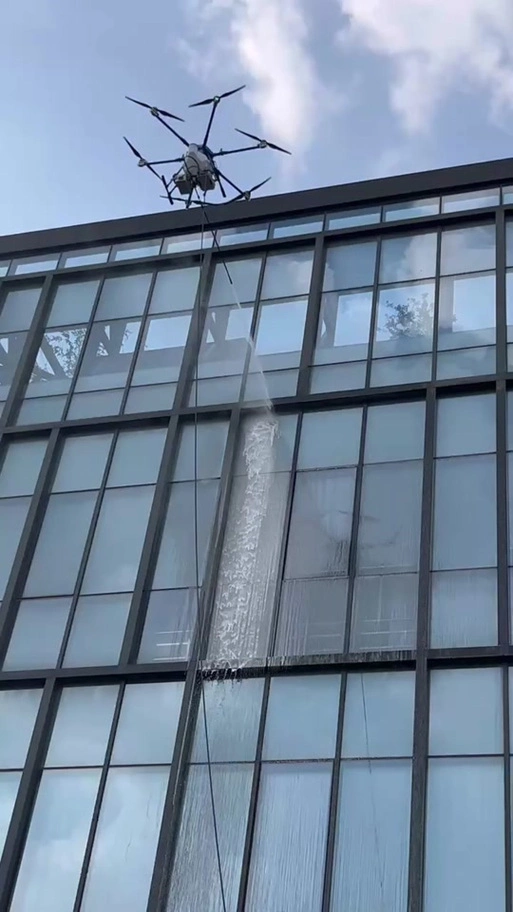
In the modern world, maintaining the cleanliness of glass surfaces—whether on skyscrapers, solar panels, or architectural masterpieces—has always been a challenging task. Traditional methods involving scaffolding, cranes, or manual labor are not only time-consuming and costly but also pose significant safety risks to workers. Enter the era of drone technology, where precision-engineered drones are revolutionizing the way we clean glass surfaces with unmatched efficiency, safety, and cost-effectiveness.
Why Drones for Glass Cleaning?
-
Enhanced SafetyHigh-rise buildings and hard-to-reach glass structures pose serious hazards for human cleaners. Drones eliminate the need for risky climbs, harnesses, or heavy equipment, reducing workplace accidents and ensuring compliance with strict safety regulations.
-
Unmatched EfficiencyEquipped with advanced sensors, AI-powered navigation, and precision cleaning tools, drones can clean large glass surfaces in a fraction of the time required by traditional methods. They can access tight spaces, vertical facades, and even inclined surfaces with ease, ensuring a thorough and consistent clean.
-
Cost-Effective MaintenanceHiring specialized cleaning crews, renting equipment, and managing logistics for high-rise cleaning projects can be expensive. Drones minimize labor costs, reduce downtime, and require fewer resources, making them a smart long-term investment for businesses.
-
Precision & Quality CleaningModern cleaning drones are fitted with soft microfiber pads, water-fed brushes, or eco-friendly cleaning solutions to ensure streak-free, spotless results. Their ability to hover steadily and adjust to surface contours guarantees a superior clean compared to manual methods.
How It Works: The Drone Glass Cleaning Process
-
Pre-Cleaning AssessmentBefore operation, the drone operators conduct a thorough inspection of the glass structure using high-resolution cameras to identify problem areas, such as stubborn stains or fragile panels.
-
Customized Cleaning ApproachDepending on the surface type (e.g., tempered glass, solar panels, or tinted windows), the drone is equipped with the appropriate cleaning tools—such as deionized water systems, non-abrasive brushes, or eco-friendly detergents.
-
Automated or Manual OperationAdvanced drones can autonomously follow pre-programmed cleaning paths using AI and computer vision, ensuring consistent coverage. Alternatively, human operators can manually control the drone for more complex or delicate tasks.
-
Real-Time Monitoring & ReportingThe cleaning process is monitored in real-time, with high-definition footage and progress reports provided to clients. This transparency ensures quality assurance and quick adjustments if needed.
Applications Beyond Buildings
While skyscrapers are the most common use case, drone glass cleaning technology is also transforming other industries:
-
Solar Panel Maintenance: Keeping solar farms efficient by removing dust and debris without physical contact.
-
Greenhouses & Conservatories: Gentle cleaning to maintain optimal light transmission.
-
Historic & Delicate Structures: Non-invasive cleaning for heritage buildings with fragile glasswork.
The Future of Glass Cleaning is Aerial
As drone technology continues to evolve, we can expect even smarter, faster, and more environmentally friendly cleaning solutions. With features like self-cleaning brushes, AI-driven stain detection, and longer flight times, the next generation of cleaning drones will set new standards in maintenance excellence.
For businesses, property managers, and facility owners, investing in drone-based glass cleaning is not just a technological upgrade—it’s a strategic move toward safer, greener, and more efficient operations.
Experience the future of cleaning—where precision meets innovation, and the sky is no longer the limit.
THE END

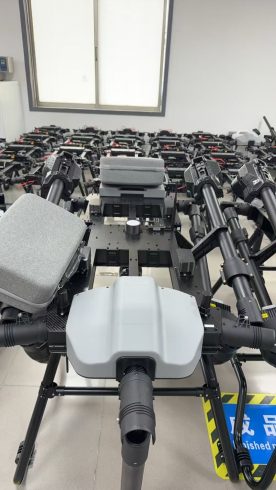
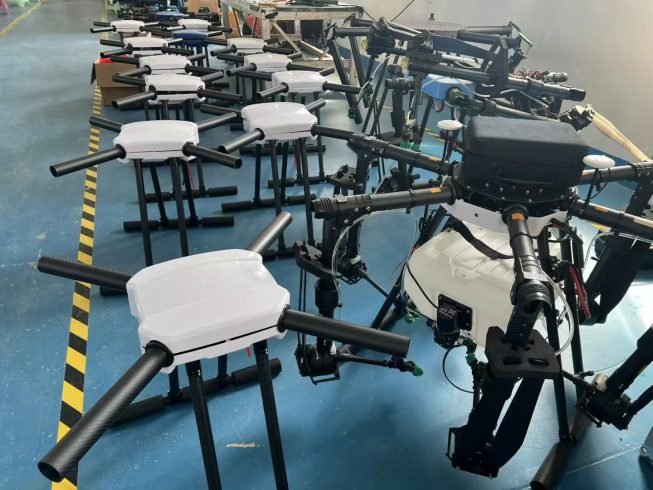

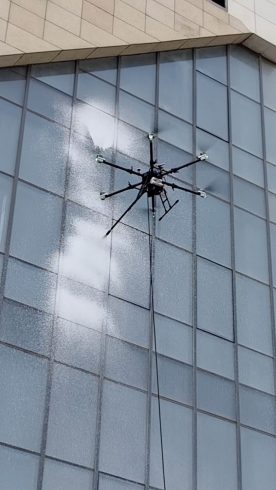
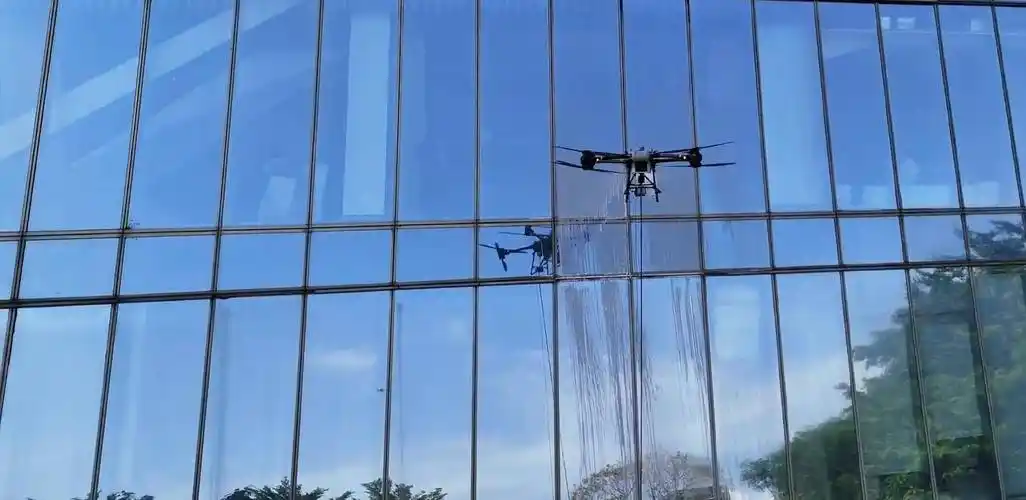
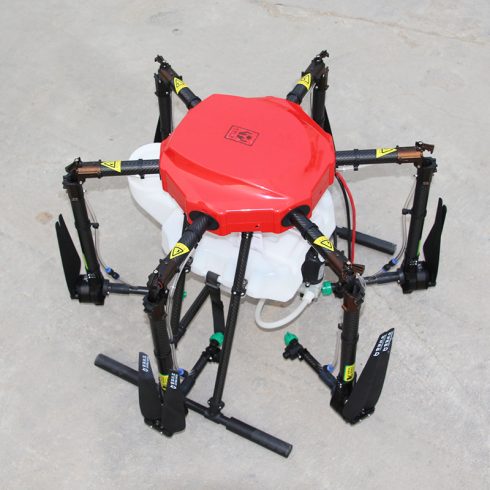
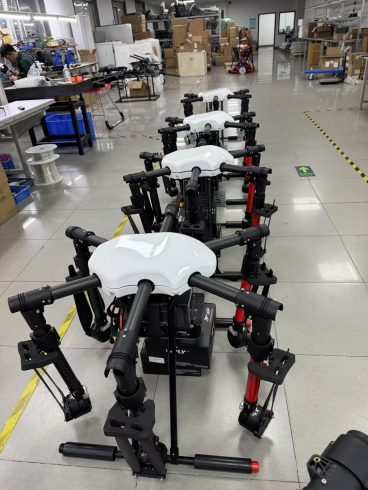
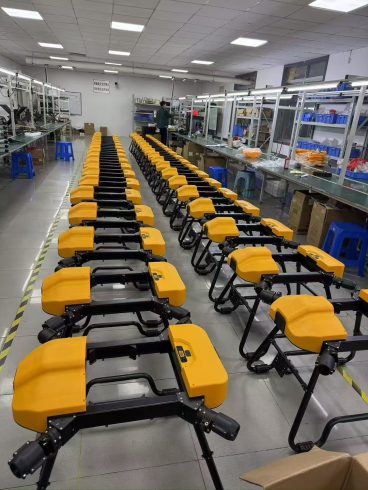

暂无评论内容